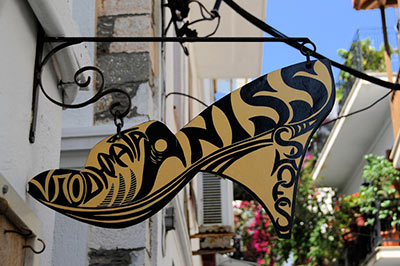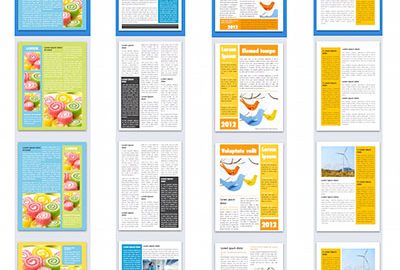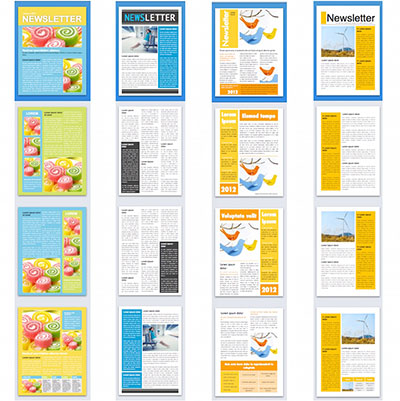Are you commissioning a graphic designer to create a set of logos for you, or are you looking to spruce up the logo you already have? Today, we are going to review the different types of logos and file formats you should have at hand to maximise your logo’s versatility.

Logos For Your Business
File Formats
Always ask the logo designer for a vector file. A vector logo can be resized both larger and smaller while retaining perfect image quality. On the other hand, bitmap images can get blurry when resized. Having a logo in vector format will allow you to seamlessly move it from a tiny notepad to a huge poster, and it will look equally good on both.
Most printers and designers can work with Illustrator .eps files or web-standard .svg files. Both file types have transparent backgrounds, which means they can be used in any project without adjustment. On the other hand, a .jpg will appear with a solid white box around it, so it can’t be used as-is on a red poster. Just about any vendor can work with standard vector file types, but you may not have a program that can read them. Make sure you also get a copy of your logo in .jpg, .png or .pdf format so you can access it as needed.
Colour Choices
In addition to including at least two file formats in your set of logos, you may wish to have versions in several colour schemes or colour depths. For example, Pantone, CMYK, grayscale and black and white versions may be of use. This will ensure that your logo works on every project imaginable, whether you are creating a giant banner that needs to be seen from several metres away or tiny, sleek premium business cards.
Design Variations
It is a good idea to develop a suite of logos in different proportions. For example, you might have one that is just an image, one that also includes your company name, and one that adds a motto or location. The logos that include text will work well on letterhead and larger advertisements, while a pared down version of the logo will look best on small items like brochures and business cards. For more information on how simple is sometimes best, check out our article on using white space in graphic design.
Some companies keep versions of their logo that are square, rectangular, oblong and designed to be displayed at a variety of sizes, both online and on printed material. For example, you may need versions of the logo that will look good on LinkedIn, Twitter, Google and Facebook, and you may wish to have a standard banner graphic, as well.
In summary, a perfect logo set will include images that are in both vector and bitmap formats, with a variety of colour depth options and perhaps a suite of geometric variations. With these in your arsenal, you can tackle any project with the help of Spencer Minuteman Press, Melbourne’s best printers!



















